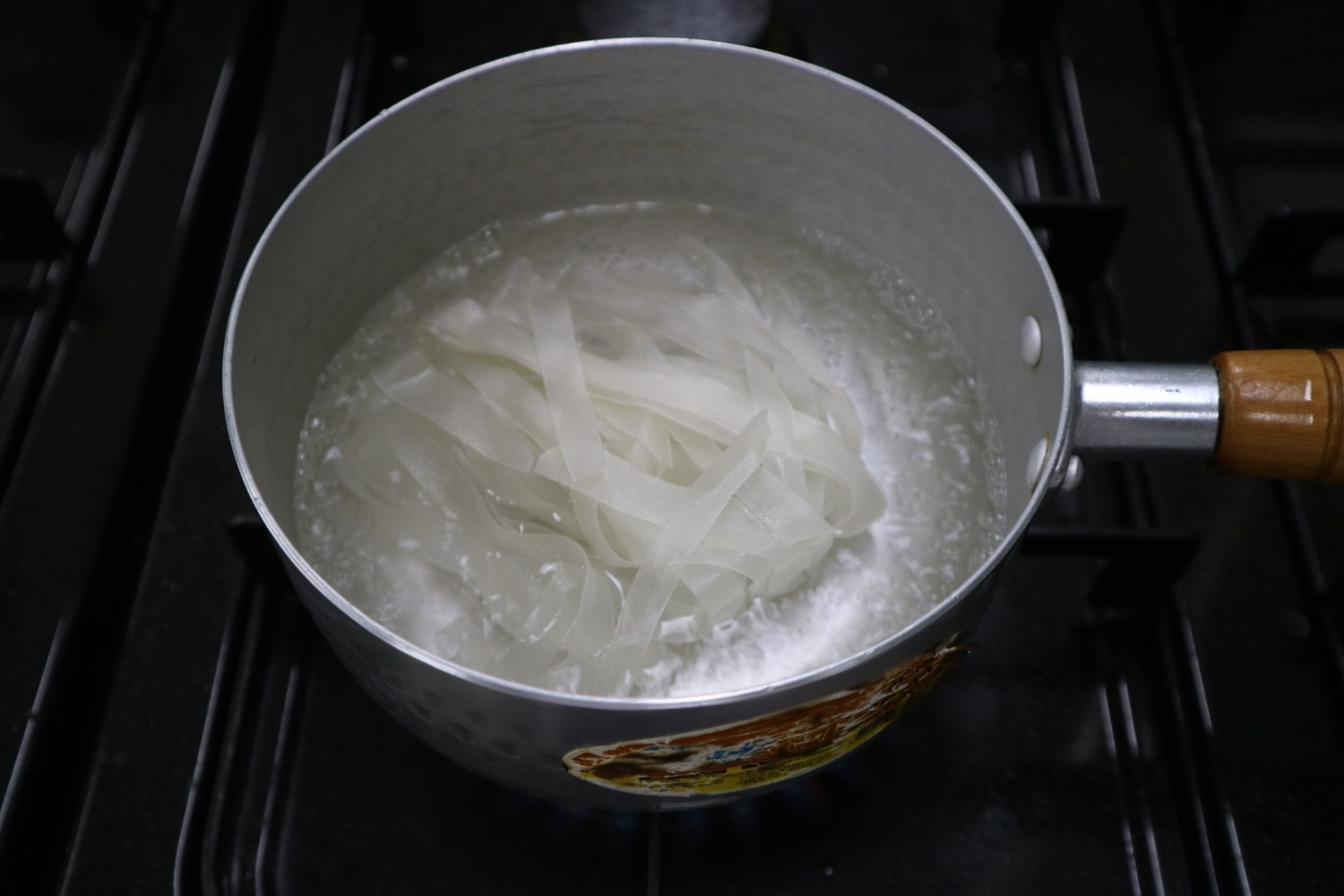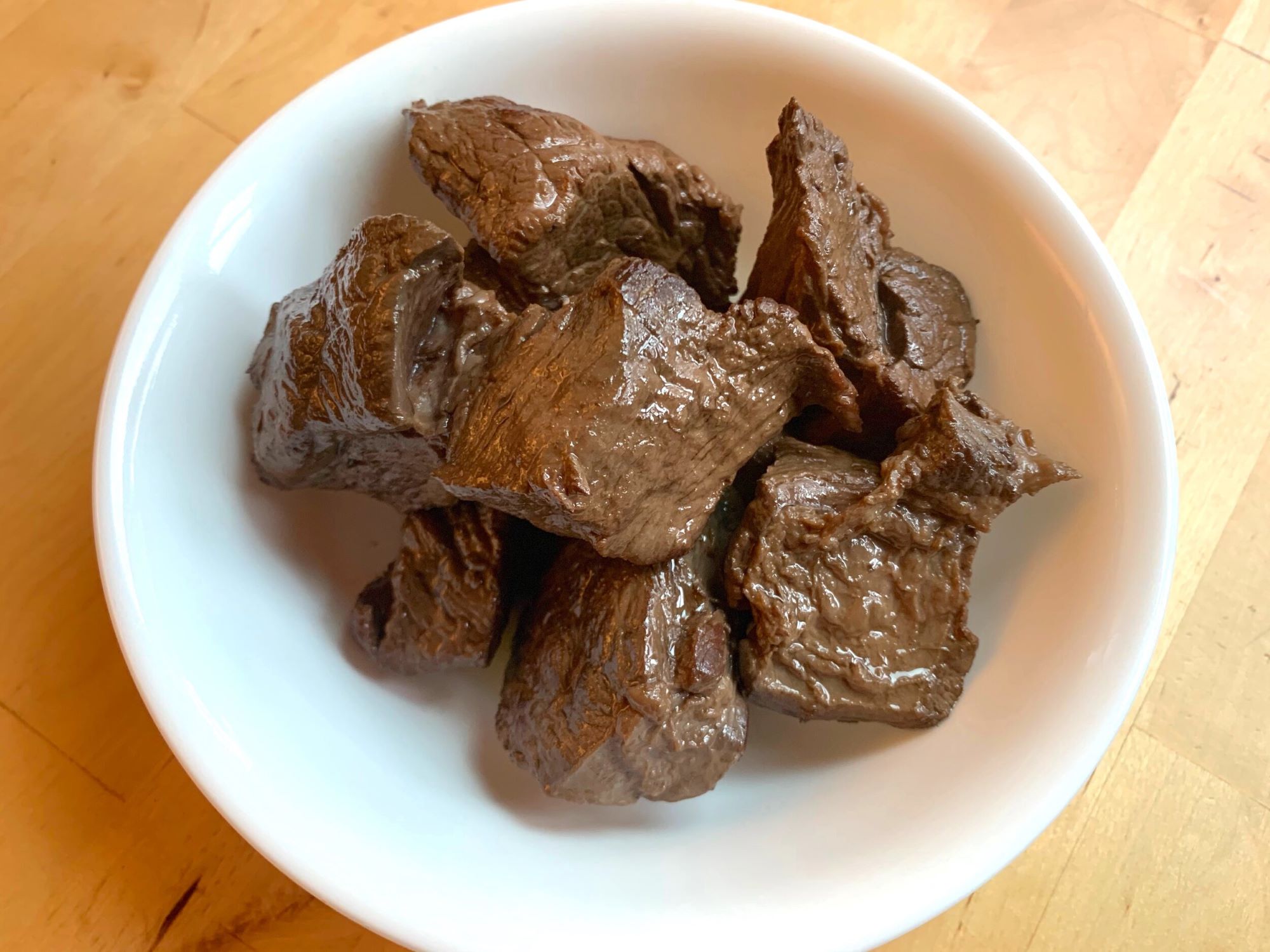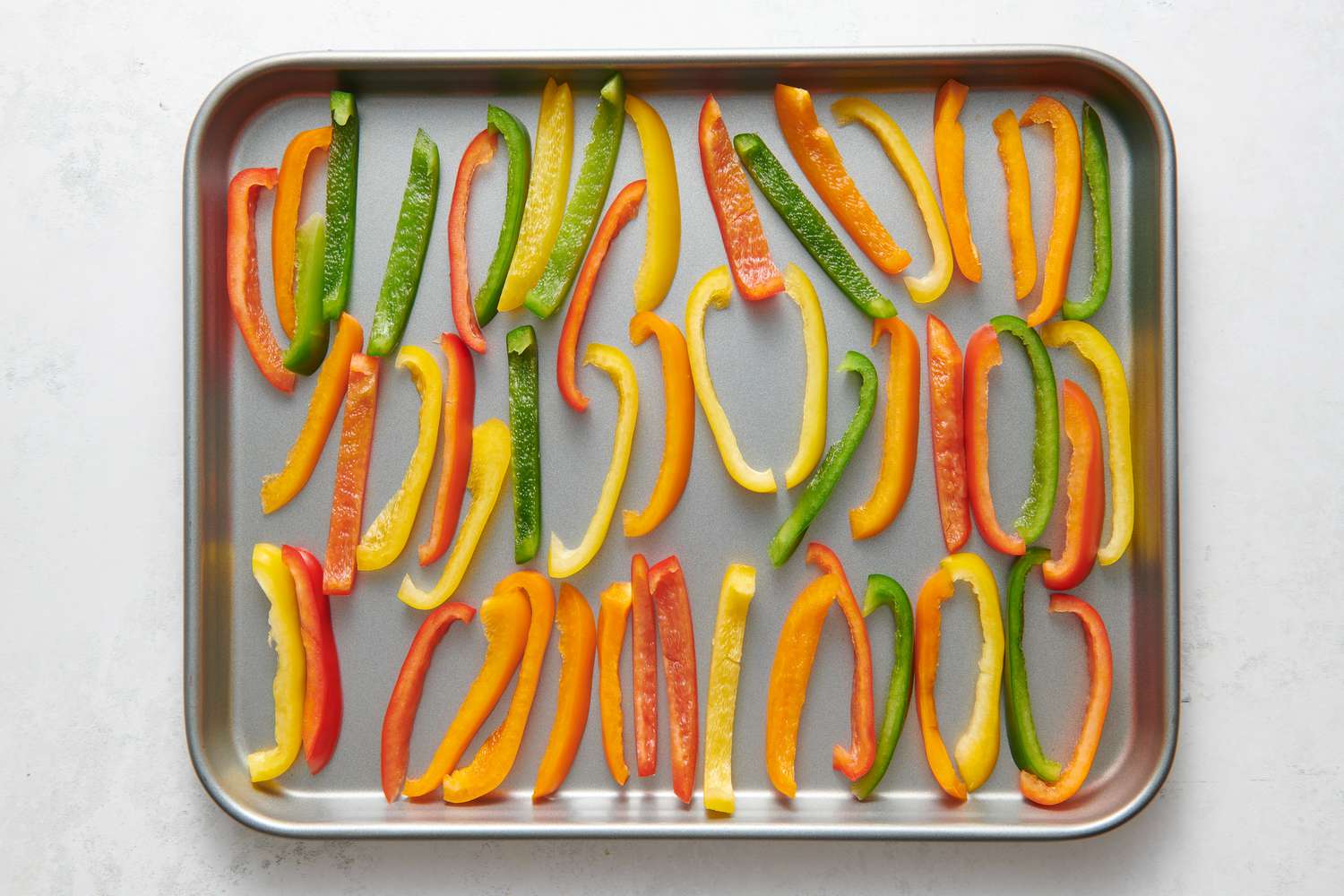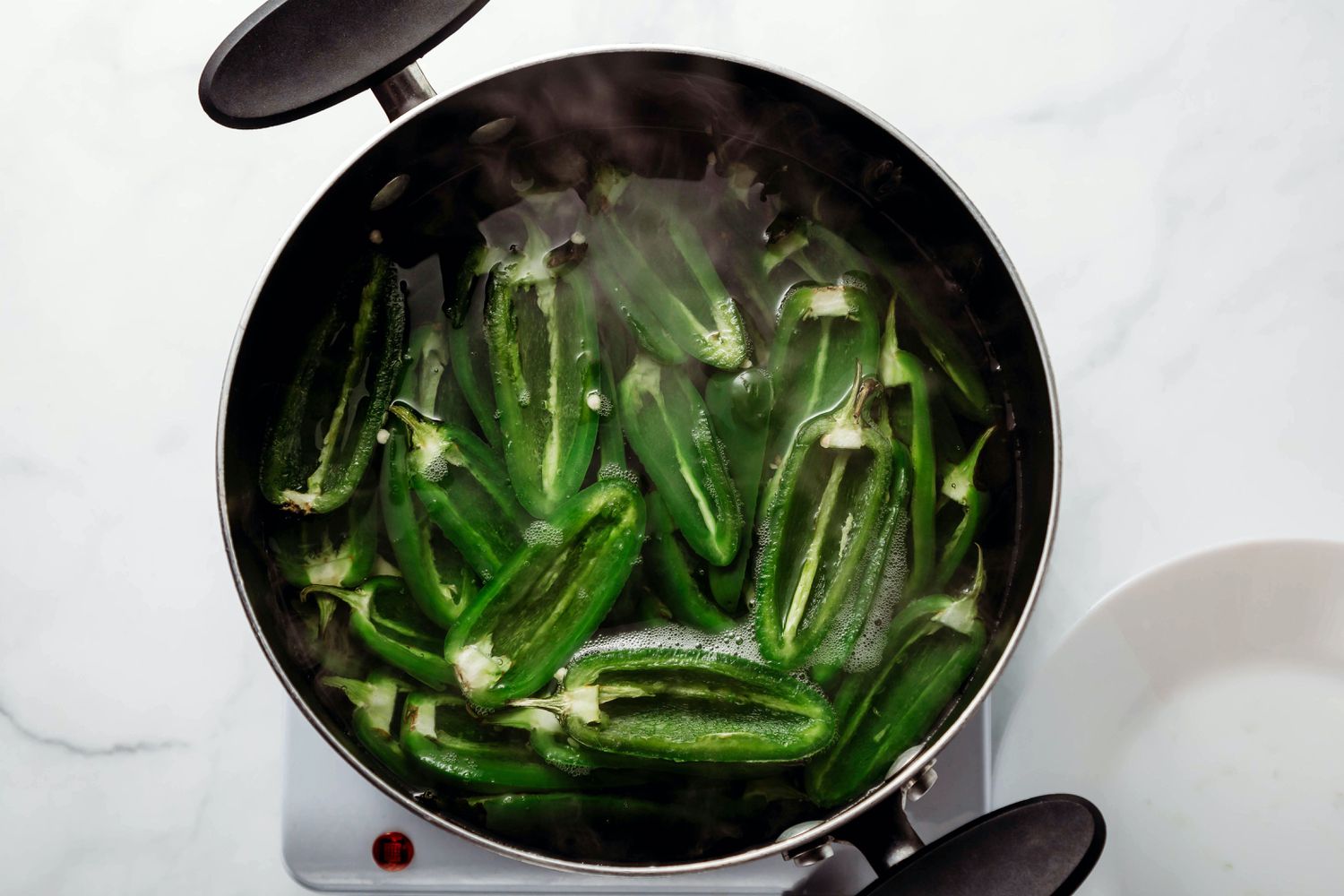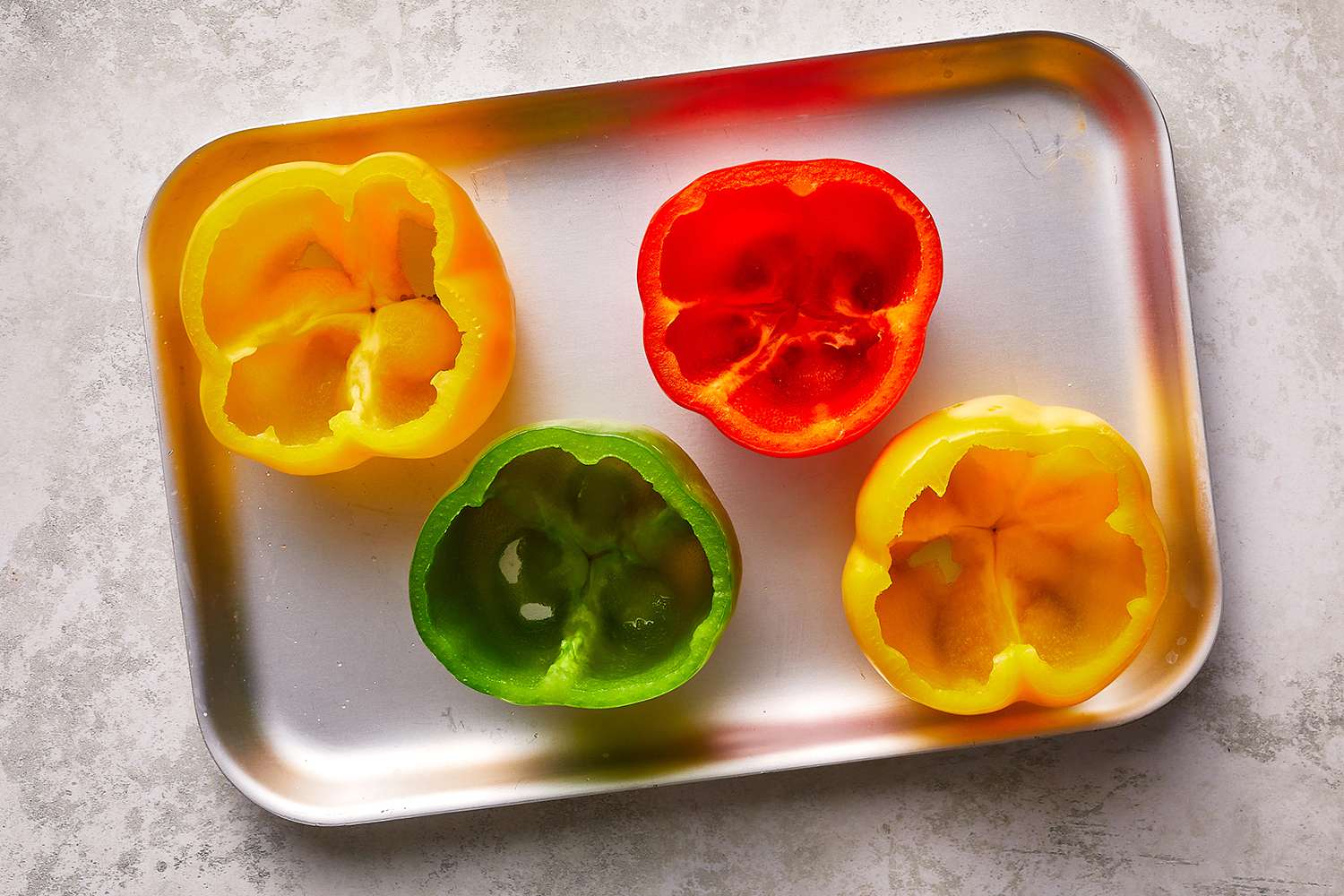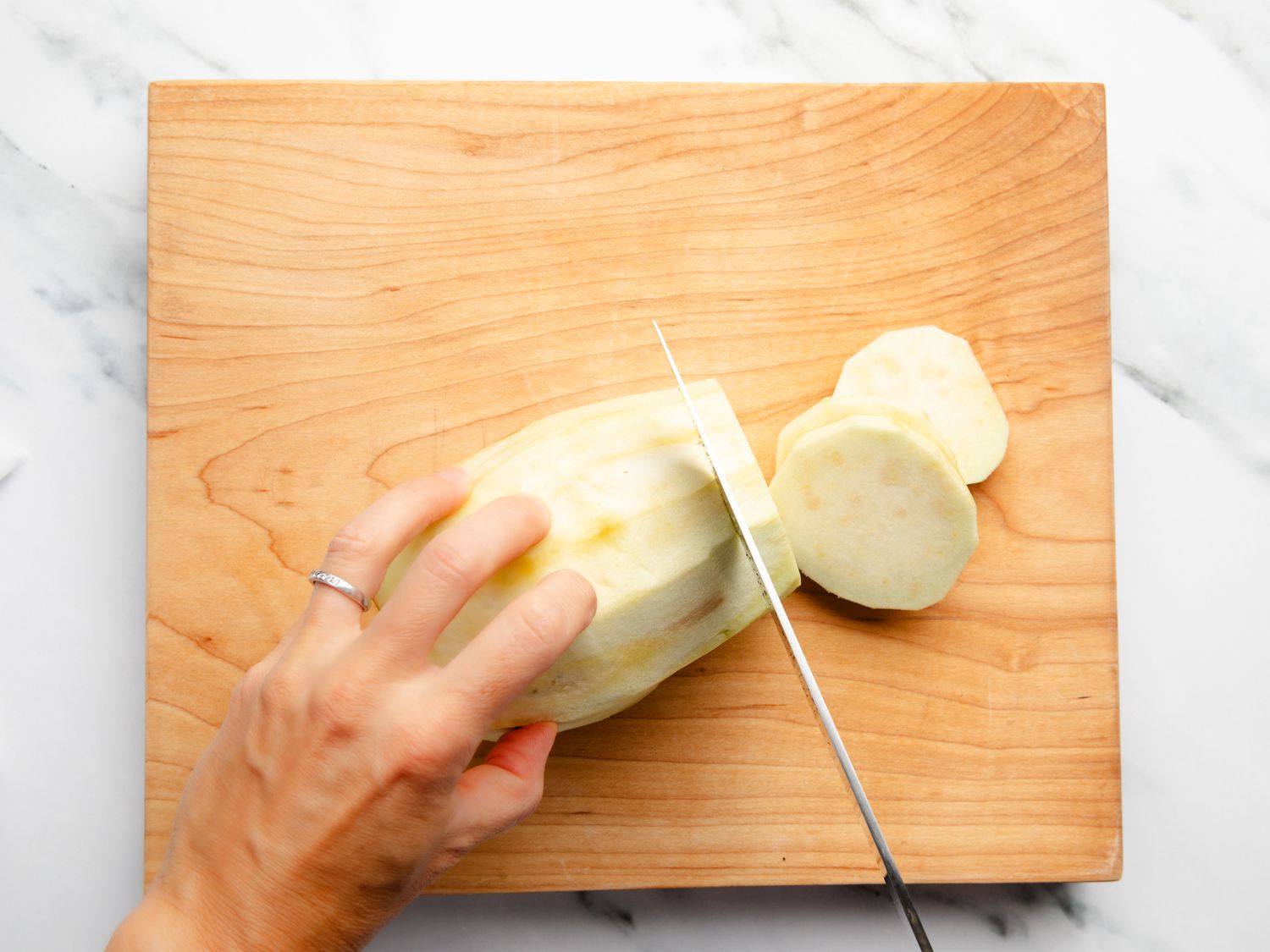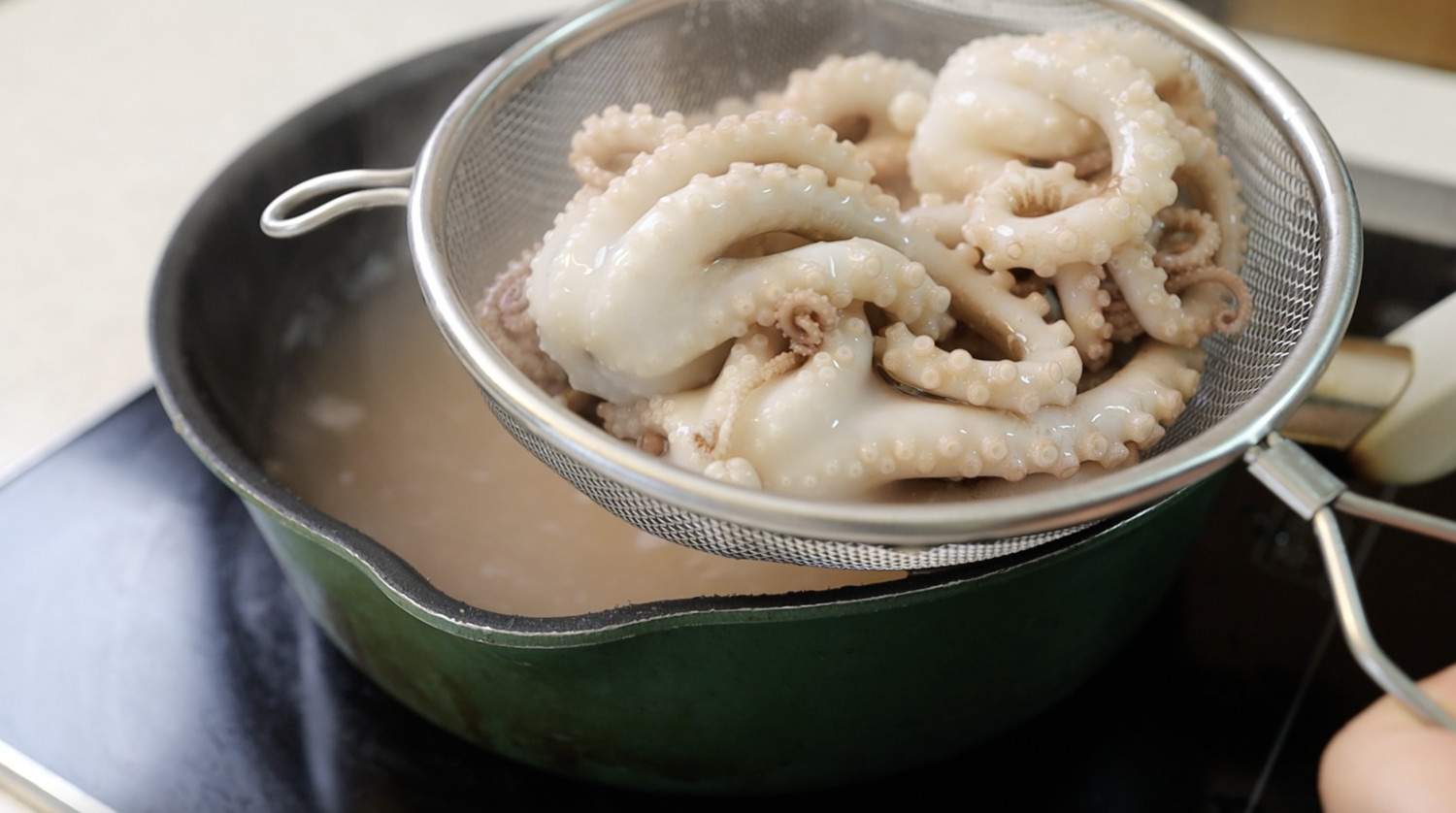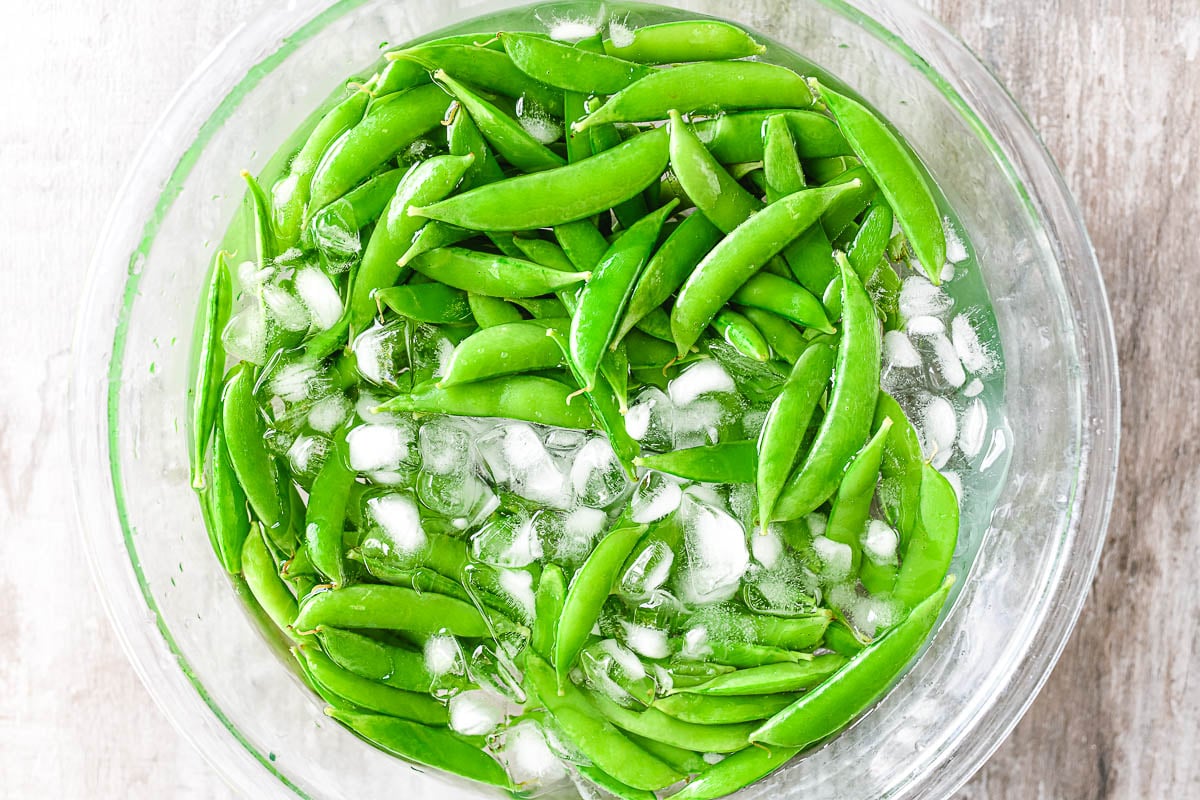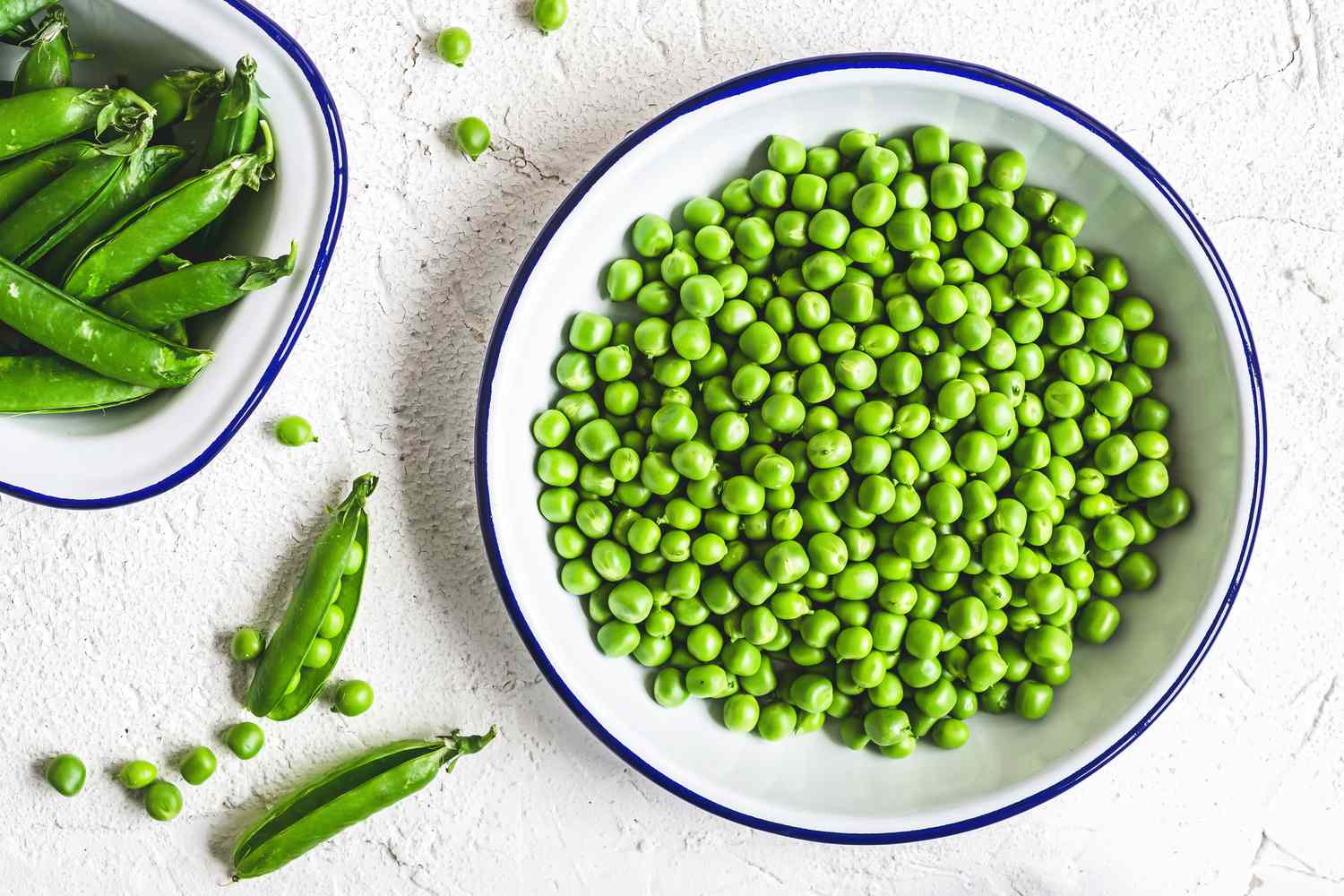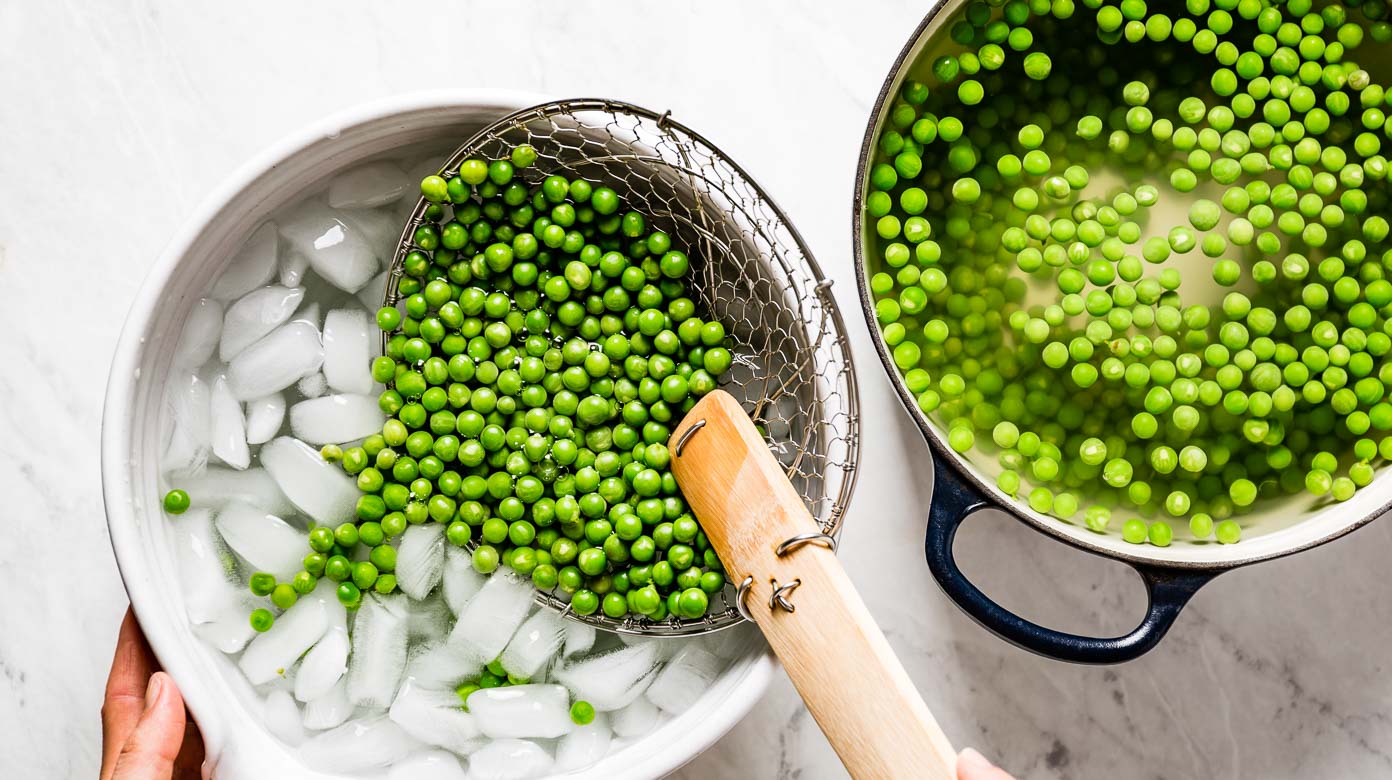Blanching Noodles: A Step-by-Step Guide
Blanching noodles is a simple yet essential technique for preparing delicious and perfectly cooked noodles. Whether you’re making pasta, rice noodles, or egg noodles, blanching is the key to achieving the ideal texture and consistency. In this guide, we’ll walk you through the steps to blanching noodles like a pro.
What You’ll Need
Before you begin blanching noodles, gather the following essentials:
- A large pot
- Water
- Salt
- Noodles of your choice
- Slotted spoon or spider strainer
- Bowl of ice water (optional)
Step 1: Boil the Water
Fill a large pot with water and bring it to a rolling boil over high heat. For every 4 cups of water, add 1 tablespoon of salt to enhance the flavor of the noodles.
Step 2: Add the Noodles
Once the water is boiling, carefully add the noodles to the pot. Use a stirring utensil to gently separate the noodles and ensure they are fully submerged in the water.
Step 3: Stir Occasionally
Allow the noodles to cook in the boiling water, stirring occasionally to prevent them from sticking together. Refer to the package instructions for the recommended cooking time, but remember that blanching typically requires a shorter cooking time than boiling.
Step 4: Test for Doneness
After a few minutes, use a slotted spoon or fork to remove a strand of noodle from the pot. Taste the noodle to check for doneness. The noodles should be tender yet slightly firm, with a pleasing texture.
Step 5: Drain and Shock (Optional)
Once the noodles reach the desired consistency, use a slotted spoon or spider strainer to remove them from the boiling water. If you want to halt the cooking process and prevent the noodles from overcooking, immediately transfer them to a bowl of ice water. This step, known as shocking, is particularly useful for maintaining the perfect texture of delicate noodles like rice noodles.
Step 6: Serve or Store
Now that your noodles are perfectly blanched, you can proceed to incorporate them into your favorite recipes. Whether you’re preparing a refreshing noodle salad, a comforting pasta dish, or a savory stir-fry, blanched noodles are ready to absorb the flavors of your chosen ingredients. If you’re not using the noodles right away, consider tossing them with a small amount of oil to prevent them from sticking together, then store them in an airtight container in the refrigerator for later use.
Conclusion
Blanching noodles is a fundamental culinary skill that can elevate your dishes to new heights. By following these simple steps, you can achieve perfectly blanched noodles that serve as the foundation for a wide range of delectable meals. Experiment with different types of noodles and flavor combinations to discover the endless possibilities that blanched noodles bring to your culinary repertoire.
Next time you’re in the kitchen, don’t hesitate to blanch noodles with confidence, knowing that you have the knowledge and skills to create outstanding dishes that will delight your taste buds and impress your friends and family.
More Delicious Recipes Using Blanched Noodles
Now that you've mastered the technique of blanching noodles, it's time to put your skills to the test with a variety of dishes that showcase this method. For a start, the Explore Spicy Thai Peanut Noodles offer a robust flavor profile that perfectly complements the texture of blanched noodles. Alternatively, the Discover Shrimp Scampi with Linguine is an excellent choice for seafood lovers, providing a delicate balance between savory shrimp and al dente linguine. For those interested in Asian cuisine, the Try Korean Japchae uses glass noodles blanched to just the right texture, making it a must-try. Each recipe offers a unique way to utilize blanched noodles, enhancing both the flavor and presentation of your meals.
